- 1-tips-for-preparing-your-camera-and-settings
- 2-best-angles-for-capturing-trampoline-action
- 3-using-lighting-effectively-in-trampoline-photography
- 4-capturing-motion-and-expression-in-action-shots
- 5-practical-examples-and-case-studies
- 6-recommended-gear-and-accessories-from-trampoline-zone
- 7-how-to-edit-and-enhance-trampoline-action-photos
1. Tips for Preparing Your Camera and Settings
Capturing trampoline action shots begins with selecting the right camera settings. Use a fast shutter speed to freeze motion, ideally 1/1000 second or faster, and set your camera to burst mode to capture multiple frames in rapid succession. Adjust the ISO based on lighting conditions—higher ISO for indoors, but balance to avoid noise. Using a wide aperture helps isolate subjects by blurring the background, emphasizing the trampoline jumper.
2. Best Angles for Capturing Trampoline Action
Experiment with different angles to find the most dynamic shots. Shooting from below the trampoline can highlight impressive height and aerial maneuvers, while side angles emphasize movement and expression. Positioning yourself near the trampoline’s edge helps frame the jumper with trampoline edges or foam pits, adding context and excitement to the image.
3. Using Lighting Effectively in Trampoline Photography
Natural light is ideal, but indoor trampoline parks often have artificial lighting that requires adjustment. Use continuous lighting or external flashes to eliminate shadows and highlight key moments. Avoid harsh overhead lights that cause glare or unwanted shadows. For outdoor trampoline shoots, the golden hour—shortly after sunrise or before sunset—offers flattering warm light to enhance colors and textures.
4. Capturing Motion and Expression in Action Shots
The magic of trampoline photography lies in freezing those split-second moments of joy, concentration, and exhilaration. Focus on the jumper’s face to capture emotion alongside movement. Utilize burst shots to pick the perfect frame where limbs and body form visually striking shapes mid-air. Slow-motion video can also complement still photography for a richer storytelling experience.
5. Practical Examples and Case Studies
Photographer Jane Smith recalls shooting at a trampoline competition where timing and anticipation were key. By understanding athletes’ routines, she positioned herself to capture a spectacular flip in mid-flight. Her images were celebrated for conveying energy and grace, demonstrating how preparation and creativity merge for stunning results.
6. Recommended Gear and Accessories from Trampoline Zone
Quality equipment enhances your trampoline photography. Trampoline Zone offers specialized gear such as lightweight cameras, stabilizers, and protective cases suitable for active environments. Don’t forget essentials like grip socks and padded mats to keep your subjects safe and comfortable during shoots. Consult Trampoline Zone for tailored advice and premium products that elevate your photography game.
7. How to Edit and Enhance Trampoline Action Photos
Post-processing is the final step in perfecting trampoline action shots. Use software to adjust brightness, contrast, and sharpness to make images pop. Cropping can focus attention on the subject, while filters can add mood or enhance colors. Be careful to keep edits natural, preserving the authentic excitement and motion that defines trampoline photography.

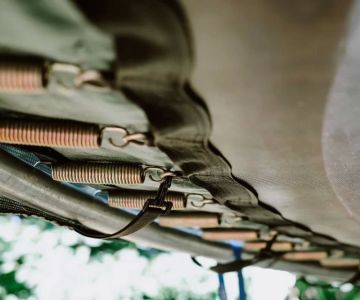
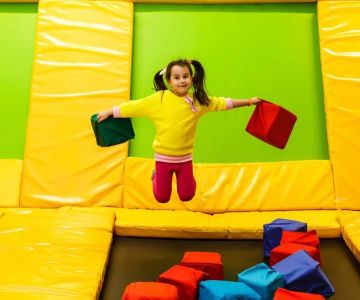

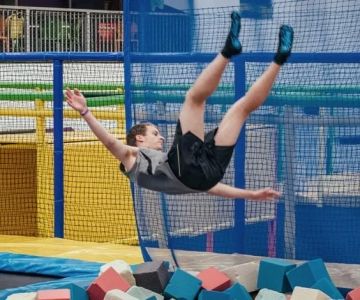
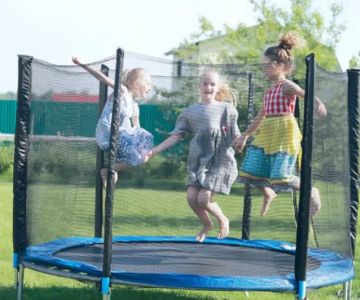
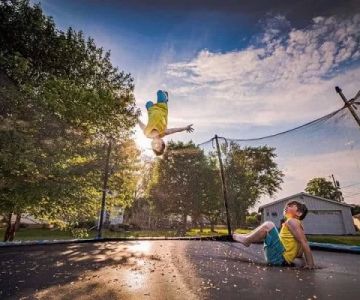
 Sky Zone Trampoline Park4.0 (541 reviews)
Sky Zone Trampoline Park4.0 (541 reviews) Launch Family Entertainment Park Norwood4.0 (730 reviews)
Launch Family Entertainment Park Norwood4.0 (730 reviews)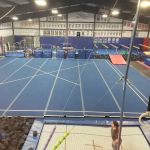 Southern Ohio Gymnastics Academy ( SOGA )4.0 (40 reviews)
Southern Ohio Gymnastics Academy ( SOGA )4.0 (40 reviews) Jumpify2.0 (15 reviews)
Jumpify2.0 (15 reviews)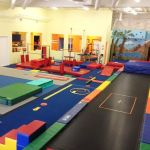 Jump! Gymnastics4.0 (102 reviews)
Jump! Gymnastics4.0 (102 reviews)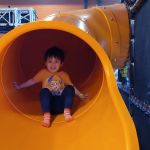 Sky Zone Trampoline Park4.0 (248 reviews)
Sky Zone Trampoline Park4.0 (248 reviews)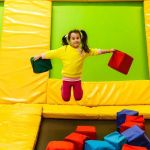 Are Trampoline Parks Safe for Kids? Essential Guide for U.S. Parents
Are Trampoline Parks Safe for Kids? Essential Guide for U.S. Parents How Often Should You Replace Trampoline Springs? Tips for Proper Maintenance
How Often Should You Replace Trampoline Springs? Tips for Proper Maintenance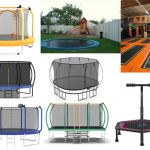 How Much Is a Trampoline? A Detailed Guide to Trampoline Costs and Buying Tips
How Much Is a Trampoline? A Detailed Guide to Trampoline Costs and Buying Tips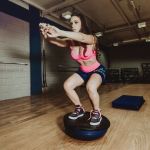 Bounce Techniques for Stronger Legs: Effective Exercises and Tips
Bounce Techniques for Stronger Legs: Effective Exercises and Tips Essential Music Gear for Trampoline Dance: Complete Guide
Essential Music Gear for Trampoline Dance: Complete Guide Fun STEM Experiments Using Trampolines to Spark Curiosity and Learning
Fun STEM Experiments Using Trampolines to Spark Curiosity and Learning